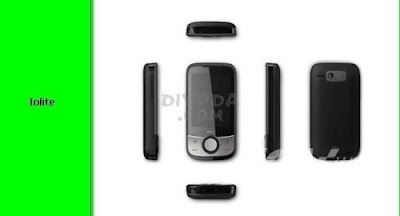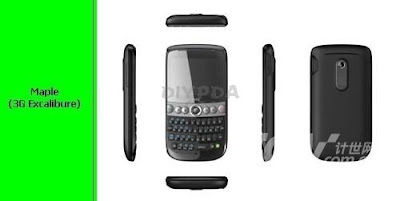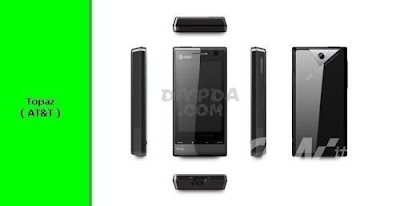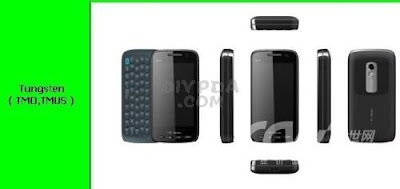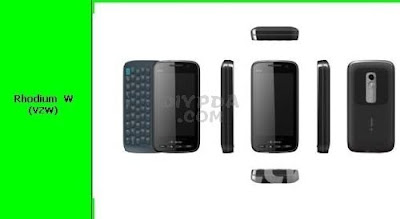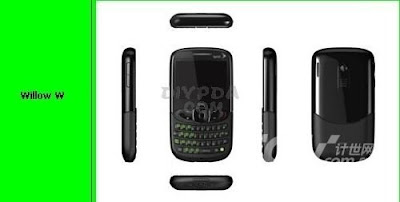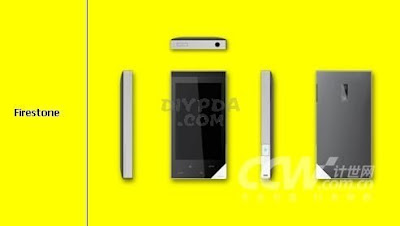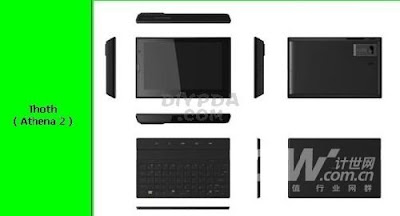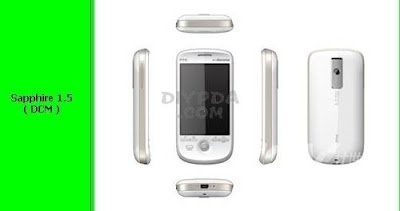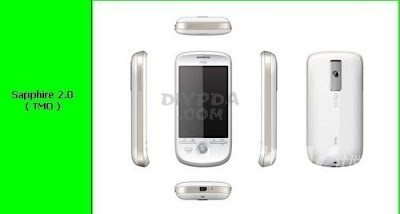 Update: the Kogan Agora has now been delayed indefinitely due to 'incompatibilities', apparently it had too low a screen resolution to enable it to run anything but the more basic of Android apps. ..(more details here)
Update: the Kogan Agora has now been delayed indefinitely due to 'incompatibilities', apparently it had too low a screen resolution to enable it to run anything but the more basic of Android apps. ..(more details here)QVGA resolution 320 x 240 as the
Kogan Agora, which postponed its release due to that resolution limitation - in comparison the
G1 has HVGA 320 x 480 resolution.
Kogan is a small company in Australia. What it does is sell (not make), electronic gadgetry.
How does a small Australian firm make a breakthrough phone like this? The Agora is the only the 2nd Android-powered mobile phone released in the world, behind the now venerable HTC?
The answer is it doesn’t.
It goes to China and gets someone to make it.
Got your own ideas? How do you find a manufacturer you ask?
You do not even have to physically go to China. Go to Alibaba at
http://www.alibaba.com and then work your way through the menus. Go to Consumer Electronics then to Mobile Phones.
Start scanning down and you will see a load of knock-off devices, plus some quite genuinely innovative machines. The majority of the good stuff is made in Shenzhen, which is near Hong Kong, so you can confine your searches to there.
Now sort out something that looks a bit like the Kogan Android and drop them a line saying you want an unique machine and your initial order will be 1,000 units and there will be a bank guarantee. Having done that you are a breakthrough Android mobile phone maker. No risk.
In an age that is moving towards more personalised, even desktop manufacturing (see 3d printers), this is a smart move for budding entrepreneurs to take note of.



